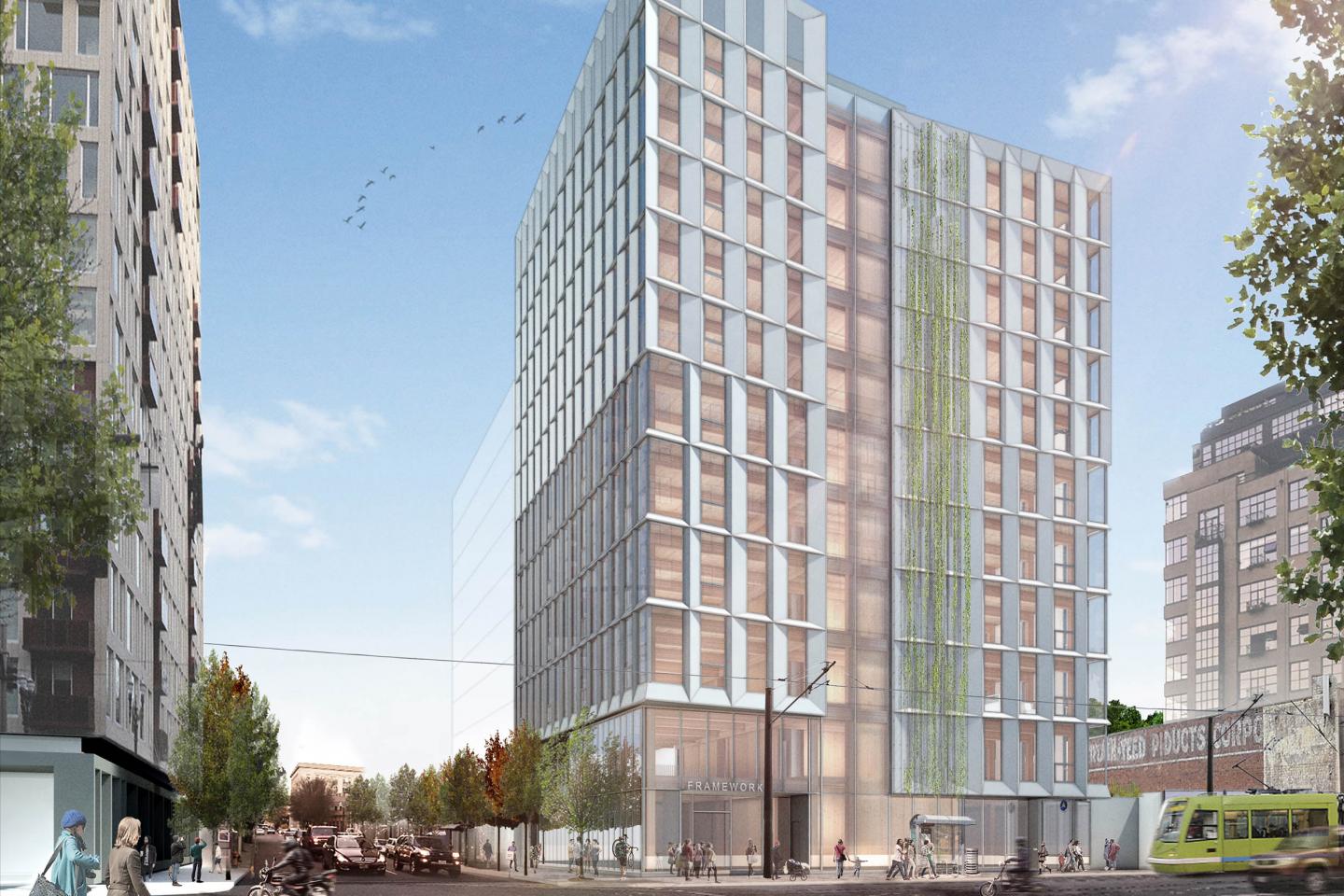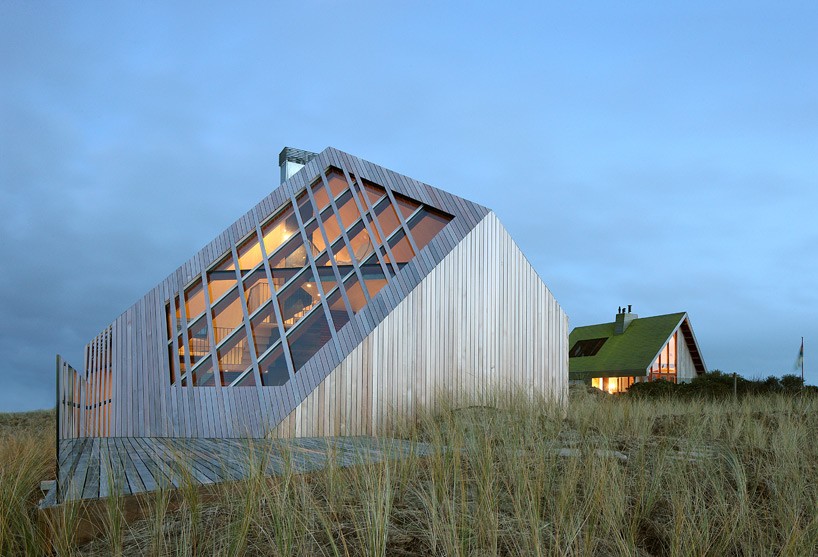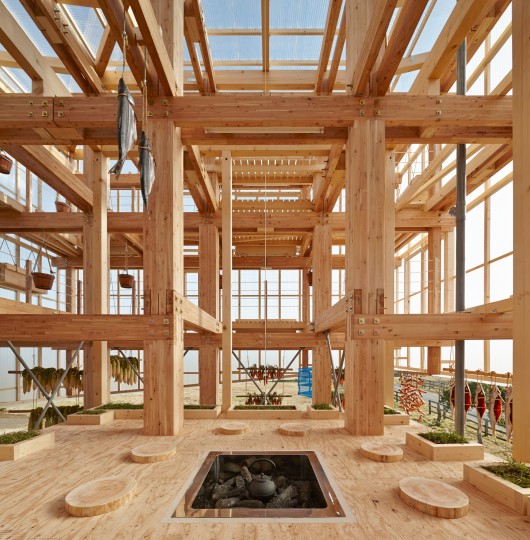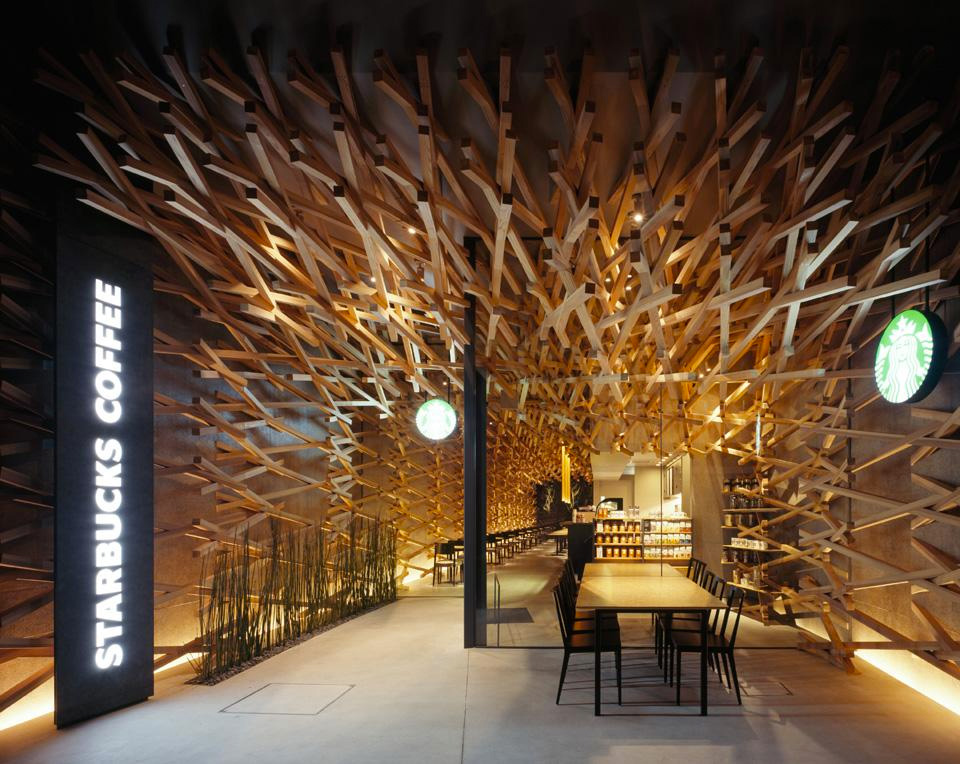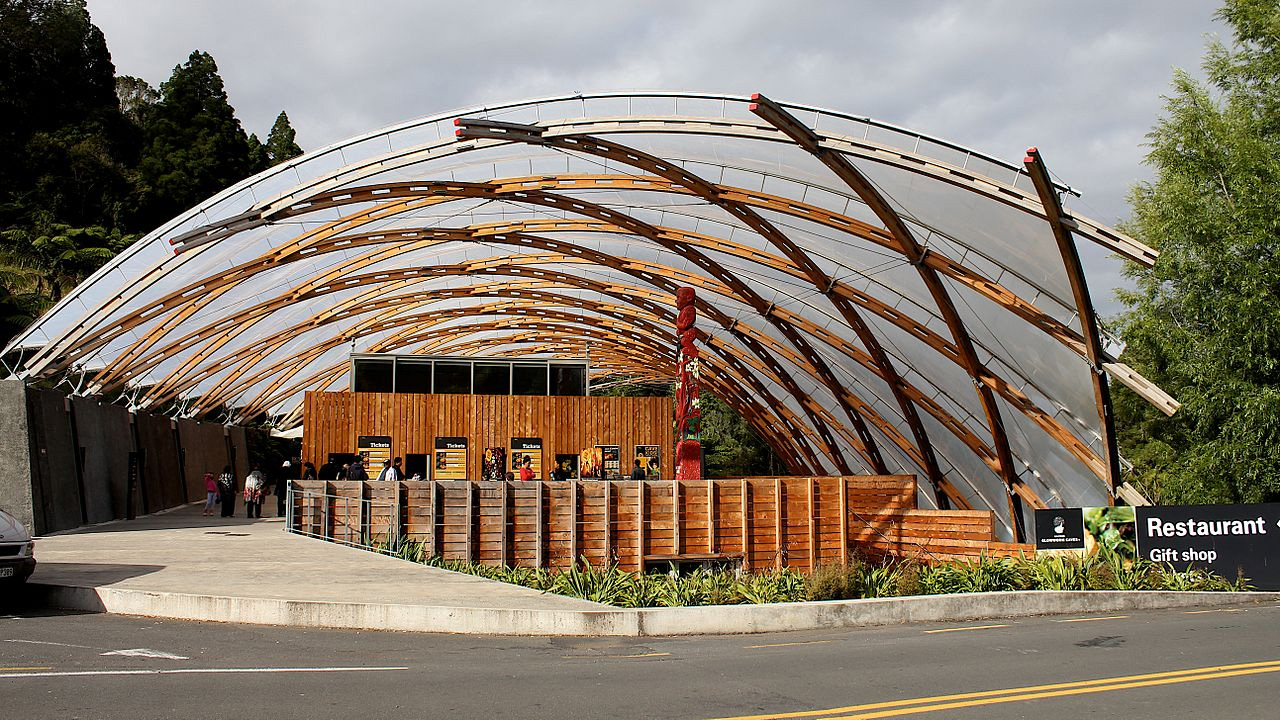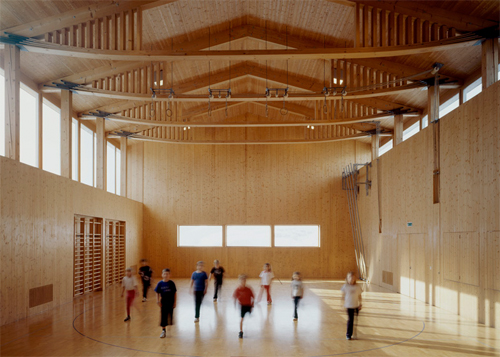
Not only is wood a naturally sustainable, renewable material – it can actually help the fight against climate change by sequestering carbon dioxide, while concrete manufacturing pumps the potent greenhouse gas into the atmosphere. A 2014 study published in the Journal of Sustainable Forestry confirmed that switching to wood construction is a boon for the environment in several different ways, stressing that sustainable forest management creates jobs and reduces the risk of forest fires, too. And as a matter of fact, increasing wood harvests could actually lead to greater benefits.
“The 3.4 billion cubic meters of wood harvested each year accounts for only 20% of new annual growth,” reads the study. “Increasing the wood harvest to 34% or more would have several profound and positive effects. Emissions amounting to 14-31% of global CO2 would be avoided by creating less steel and concrete, and by storing CO2 in the cell structure of wood products. A further 12-19% of annual global fossil fuel consumption would be saved, including savings from burning scrap wood and unsellable materials for energy.”
The study was undertaken by scientists from the Yale School of Forestry & Environmental Studies and the University of Washington’s College of the Environment. The results make it clear that using wood to build large-scale architectural and infrastructure projects, from skyscrapers to bridges, is an essential step to sustainably meeting demand for new construction as economic development surges, especially in places like Asia, Africa and South America.
Meanwhile, new construction techniques are making wood even stronger and more versatile, especially cross-laminated timber, which is at the center of all the new record-breaking multi-story wood buildings that are currently being built or planned around the world. While most of that development is happening in Europe, Portland, Oregon is currently the center of wood construction innovation in the United States, according to Newsweek. The tallest wood-framed buildings in the country are currently in progress there as local timber product manufacturers make CLT from regionally produced wood.
Top image: A new 12-story mixed-use wooden building planed for Portland, Oregon by Lever Architecture.

